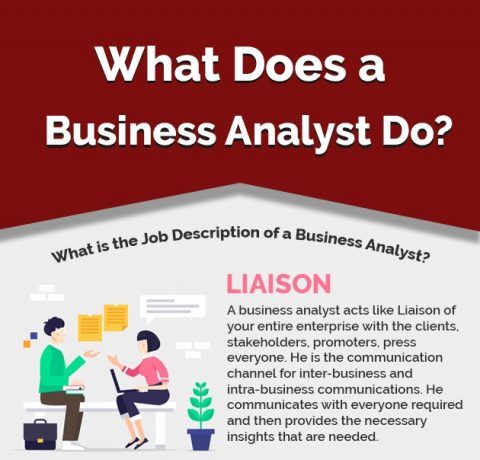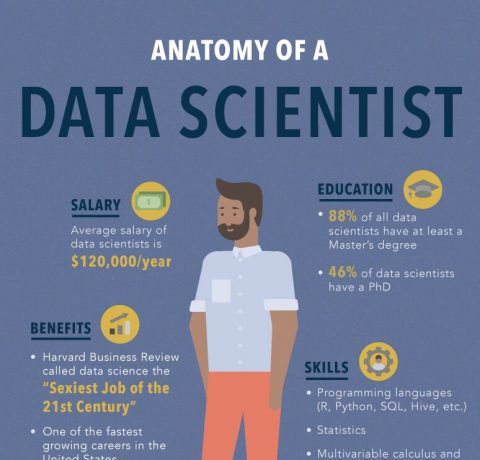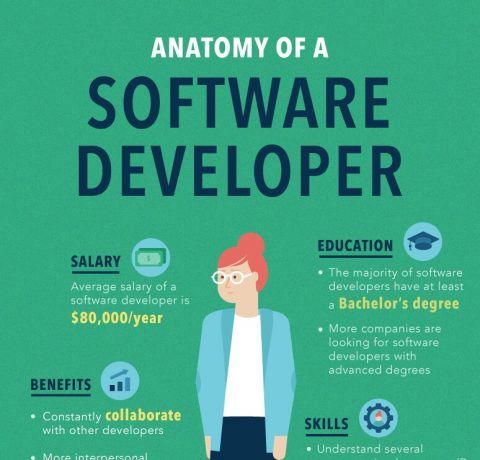How Tablets & Mobile Devices Have Changed the College Experience Infographic
Today’s university experience is vastly different than the one that previous generations knew. Rapidly changing technology has drastically altered what it means to go to college. The How Tablets & Mobile Devices Have Changed the College Experience Infographic presents how technology has reshaped modern college life.
Textbooks vs. E-books
Popularity:
- Of students who own an e-reader, 98% use it to download textbooks.
- However, 49% of students still prefer printed textbooks to digital textbooks.
Cost:
- Paper textbooks are notoriously expensive. On average, digital textbooks cost 40% less than their paper counterparts. That’s a significant savings for cash-strapped college students.
- Full-time students spend an average of $1,200 a year on textbooks. That’s $4,800 for four years of college. Ouch!
- The cost for a 13-inch Macbook Pro and Kindle eReader combined is $1,238. That’s a big upfront spend, but it can save you a lot in the long run, as that’s roughly equivalent to just a year’s worth of paper textbooks.
Convenience:
- A 13-inch Macbook Air weighs 2.96 pounds, while a 13-inch Macbook Pro weighs 3.57 pounds. The average textbook weighs 4.5 pounds. If you’re carrying one textbook each for four different classes, this weight can add up quickly. Plus, some classes require multiple textbooks.
- Folded up, a 13-inch Macbook is 12.78 inches wide, 8.94 inches long and 0.95 inches thick. A Kindle Fire is 7.5 inches long, 5 inches wide and 0.42 inches thick.
- Textbook height and width vary greatly, but as any college student knows, fitting multiple textbooks into your backpack is no small feat. A Macbook and Kindle together will only take up the space of one medium-sized textbook.
Taking Notes: Notebooks vs. Laptops
Popularity:
- 70% of students use keyboards to take notes.
Cost:
- Clearly, a single paper notebook will cost you significantly less than a laptop. But with Netbooks now selling for under $400, a laptop is a relatively cheap investment that will get you a lot more than a spiral-bound notebook will. Plus, you won’t have to later decide what to do with 25 notebooks half-full of notes.
Convenience:
- Most paper notebooks are 8.5 by 11 inches. That’s slightly smaller than a 13-inch Macbook Pro.
- Obviously, notebooks weigh next to nothing. But while a laptop weighs significantly more, it’s also useful for a lot more than just taking notes: You can record lectures, archive and share notes with other students, do research, and on and on.
- Notebooks are easy to lose; laptops, not so much (at least we hope you aren’t prone to losing laptops).
- More and more professors are asking students to submit online copies of their assignments rather than printed versions. Over 1.5 million professors in 135 countries use TurnItIn.com, an online tool that lets students submit papers and performs “originality checks” to make sure nothing is plagiarized. Good news for professors; bad news for sneaky students.
Online Learning vs. In-Person Classes
Popularity:
- 91% of students use email to communicate with professors.
- In 2014, an estimated 5.14 million students took classes in a physical classroom.
- 18.65 million students took some classes online.
- 3.55 million students took all classes online. That’s a lot of online learning.
Cost:
- The cost of online vs. in-person classes varies greatly from school to school. In 2011, the average cost to attend a two-year college was $8,909. The average tuition (including fees) at an in-state four-year public university was $7,249 per year. Online-only institutions are usually significantly cheaper than most traditional brick-and-mortar universities. A year of tuition at the online Western Governors University costs $5,780.
- At some universities, the cost for an online class is the same as an in-person one, but don’t forget to factor in transportation and parking costs for in-person classes — not to mention the chips or protein bar you’ll inevitably buy at the campus snack store.
Bonus: The Admissions Process
- You’d be hard-pressed to find a university or community college that doesn’t accept online applications these days, which makes things way easier than the pen-and-paper days of yore. You’ll definitely need a laptop for this part of the process.
Did You Know?
- In 1996, Jones International University became the first accredited fully-online school.
- The average college student spends slightly more than five hours each day on a laptop.
- College students own seven tech devices on average.
- The price of college textbooks has doubled in the past decade. This is a faster rise than health care costs, housing costs and inflation.
- 29% of college students own an electronic tablet.
Cash Back, Coupons and Promo Codes
If you are looking for resources on discounts on your text books check out these go to websites:







You can adjust your cookie preferences here.